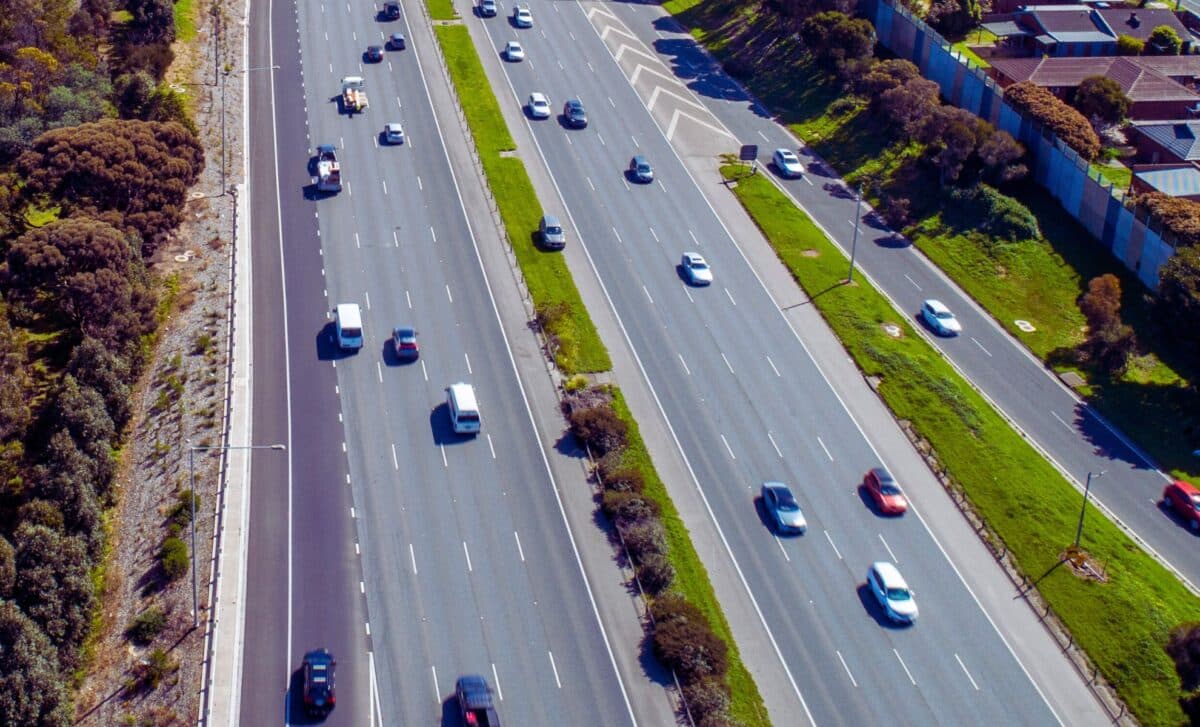Starting July 1, 2025, a series of sweeping changes to driving laws and penalties will affect drivers across Australia. As reported by 9News, these modifications will include increased fines, higher tolls, and new speed limits aimed at improving road safety. While the adjustments vary by state, the overall goal is to tighten regulations on distracted driving, speed enforcement, and ensure safer conditions for all road users. Let’s explore the details of these new regulations in different regions and what drivers should expect.
New South Wales: Higher Fines and Rising Tolls
New South Wales (NSW) will see several notable changes in road rules starting July 1. A 3.2% increase in fines and fees will take effect across the state, aligned with the Consumer Price Index. For instance, the fine for using a mobile phone while driving will rise from $410 to $423. Additionally, existing mobile phone detection cameras will be adapted to catch drivers not wearing seatbelts, adding a new layer of enforcement.
Toll prices will also increase across Sydney’s busiest motorways, including the M7, M2, M5 South West, NorthConnex, Lane Cove Tunnel, Eastern Distributor, and Cross City Tunnel. These changes will put further strain on commuters who rely on these routes daily. Furthermore, the introduction of average speed cameras for light vehicles, such as cars and motorbikes, is expected to enhance speed monitoring, aiming to reduce the number of accidents caused by speeding.
Queensland: Speed Limits Cut and Fines on the Rise
In Queensland, another critical change will be the reduction of speed limits in busy areas, specifically from 50 km/h to 40 km/h. This adjustment is designed to improve safety in high-traffic zones and reduce accidents in densely populated areas. Alongside this, the state will also increase fines for traffic violations by 3.4%, including the illegal use of mobile phones. Currently, the fine for using a phone while driving stands at $1,209, but it will soon increase to $1,250.
Queensland’s focus on traffic safety also highlights a growing awareness of technology’s impact on driving behavior. For example, recent reports have indicated that using smartwatches while driving could result in fines ranging from $125 to $2,000, depending on the area. This highlights the increasing enforcement of rules surrounding distracted driving.
Victoria: New Laws to Protect Roadside Workers
Victoria is making significant updates to its road safety laws. As part of an expansion of Road Rule 79A, drivers will now be required to slow down to 40 km/h when passing certain roadside vehicles. This includes emergency vehicles with flashing lights, tow trucks, and any other roadside assistance vehicles actively involved in roadwork or incident response. Violating this law could result in a fine of up to $961.
This change underscores the state’s commitment to safeguarding roadside workers and emergency responders, who often face dangerous conditions while attending to vehicles and accidents. By enforcing slower speeds near these vehicles, Victoria aims to reduce the risk of collisions and enhance the overall safety of both road users and workers.
South Australia: Reduced Speed Near Emergency Vehicles
South Australia (SA) will implement some of the strictest penalties for those failing to slow down near stationary emergency vehicles. From July 1, drivers in SA must reduce their speed to 25 km/h when passing stationary emergency or breakdown vehicles with flashing lights. This law applies to multi-lane roads, and violators could face fines as high as $1,895 and up to nine demerit points.
This new rule is part of a broader initiative to protect emergency responders, whose lives are often at risk when assisting stranded motorists. South Australia’s decision to reduce speed limits in these situations reflects growing concerns over roadside safety for both workers and drivers.
Western Australia: Speed Limits and Increased Penalties
In Western Australia, several roads will see their speed limits reduced, particularly in high-pedestrian areas. Speed limits on some roads will drop from 60 km/h to 50 km/h, with some areas seeing limits as low as 40 km/h. This is part of the state’s effort to curb speeding in urban and pedestrian-heavy zones.
Western Australia will also tighten penalties for illegal mobile phone use and extreme speeding. The fine for using a mobile phone while driving will increase to $700, while drivers caught speeding excessively could face fines as high as $1,600. These changes reflect a larger push for stricter enforcement of road safety laws across the state.









